Do you love easy, robust plants that require little maintenance? Perhaps you've set your sights on a cactus or a succulent, but despite (excessive) watering and placing it behind a window (facing north), your beautiful plant is wilting? If you've always dreamed of turning your succulent collection into a garden of pain, or of casually killing the cactus gifted by your mother-in-law, then you're in the right place! In this guide, we will explore the most creative and hilarious methods to fail at caring for these wonderful spiky plants. From tsunami-style watering to extreme light deprivation, and even concocting fertiliser cocktails worthy of a wizard's recipe, get ready to discover how not to pamper your cacti and succulents.
Lesson 1: Water them like tropical plants
To kick off your journey into the art of mistreating cacti and succulents, let's start with watering. Treat them as if they hail from the Amazon jungle rather than the desert. Imagine that every drop of water is a token of affection, and drown them in liquid love. Let the water pool in the saucers like little tropical lakes, creating a luxury spa for your plants… or rather, a quick drowning scenario.
Then marvel as your cacti and succulents develop a passion for mould culture, their roots joyfully floating in this unexpected deluge. You might even witness the fascinating transformation of your robust plants into… a shapeless, putrid mass, a remarkable yet entirely undesirable evolution.
But if, in a moment of mercy, you decide to treat them according to their true needs, remember that cacti and succulents prefer a moderate watering regime. Generally coming from arid regions of Latin America (like Mexico), they like their soil to dry out completely between waterings and not to have a saucer under the pot.
Learn more with Pascale's tips in: Watering cacti: mistakes to avoid.
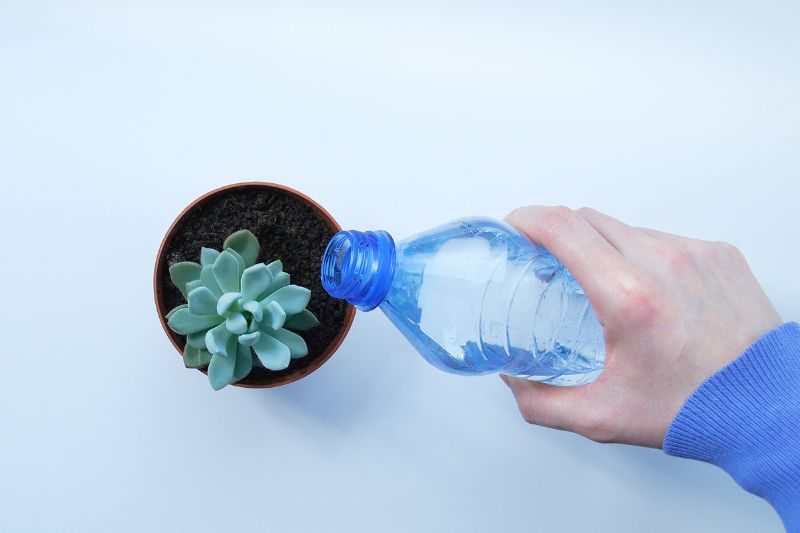
Lesson 2: Ignore their light needs
Moving on to the second lesson of our guide to brilliantly failing at caring for your cacti and succulents: depriving them of their vital essence, light! Imagine trying to teach these desert plants to appreciate darkness, placing them in a dim corner of your home, far from that life-giving source known as the sun. Put them near a north-facing window, or even better, in a room with no natural light.
Under your benevolent neglect, witness your plants grotesquely stretching, desperately seeking a ray of light, transforming into living sculptures, thin and oddly twisted. They might even develop a pale, ghostly complexion, losing their vibrant colours, as if they have given up on the joy of living.
However, if you wish to avoid turning your cacti and succulents into creatures of the dark, a bit of sunlight is key. These plants love to bask in natural light. Place them near a window where they can receive several hours of direct or indirect light (behind a sheer curtain) each day.
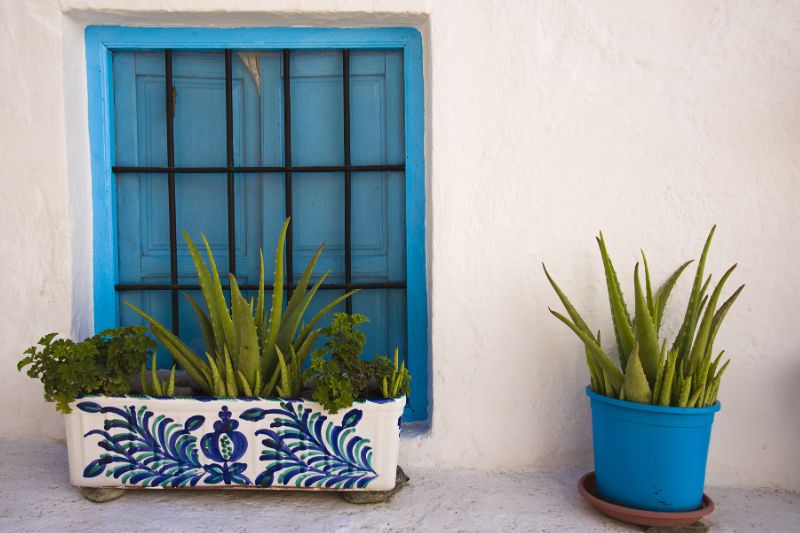
Lesson 3: Feed them like hungry giants
In the third act of our horticultural comedy, let's turn our cacti and succulents into kings of gluttony. Fertilise them as if they had an insatiable appetite, using generous amounts of fertiliser, as if you were preparing a feast for giants. It's a bit like giving a bodybuilder's diet to a ballet dancer. Watch them swell, growing disproportionately, losing their charming elegance and adopting bizarre shapes, like overweight weightlifters.
You might even catch them developing a series of diseases and weaknesses, a consequence of their excessively rich diet. Their roots, overwhelmed by so much "food", might start to protest, leaving them vulnerable to all sorts of ailments.
But if you want to avoid turning your cacti and succulents into victims of their own growth, remember that they prefer a more modest diet. These plants only need a small amount of fertiliser, and that only during their active growth period. A diluted fertiliser, used sporadically, is more than enough to support their health without overwhelming them.
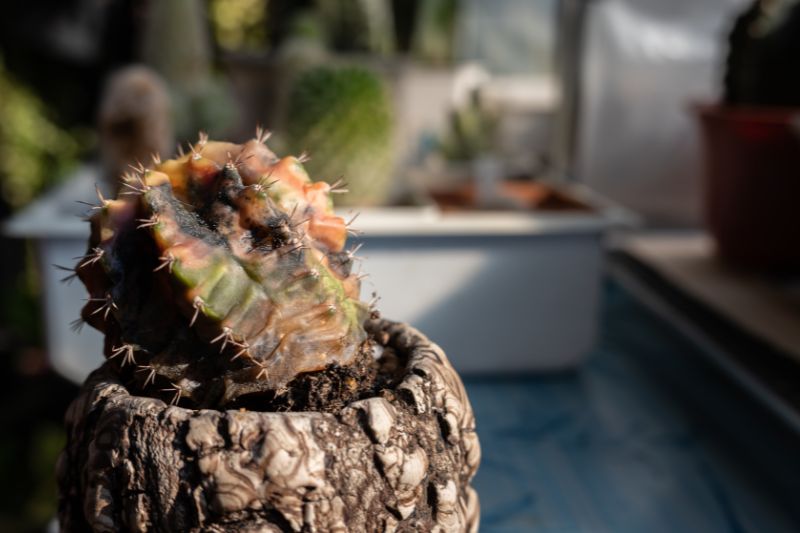
Lesson 4: Neglect soil replacement
Continuing our journey in the delicate art of failing to care for cacti and succulents with the fourth lesson: neglecting soil replacement. Imagine you think the soil they live in is eternal, a bit like an old comfortable pair of jeans, but worn down to the threads. Let your plants cling to exhausted potting soil, devoid of nutrients, like hermits clinging to a deserted island. After all, they come from the desert, right?
Over time, this once welcoming substrate could become hard and compact, stubbornly refusing water and air, turning your plants' pot into a true sterile desert (unlike that of Mexico). Your cacti and succulents might start to feel claustrophobic, their roots suffocated in a space that offers them nothing but memories of a more prosperous past.
However, if you wish to provide your plants with a healthy and nourishing habitat, consider renewing their substrate every two to three years. Choose a potting mix specifically designed for cacti and succulents, light and well-draining, to offer them a fresh environment rich in nutrients.
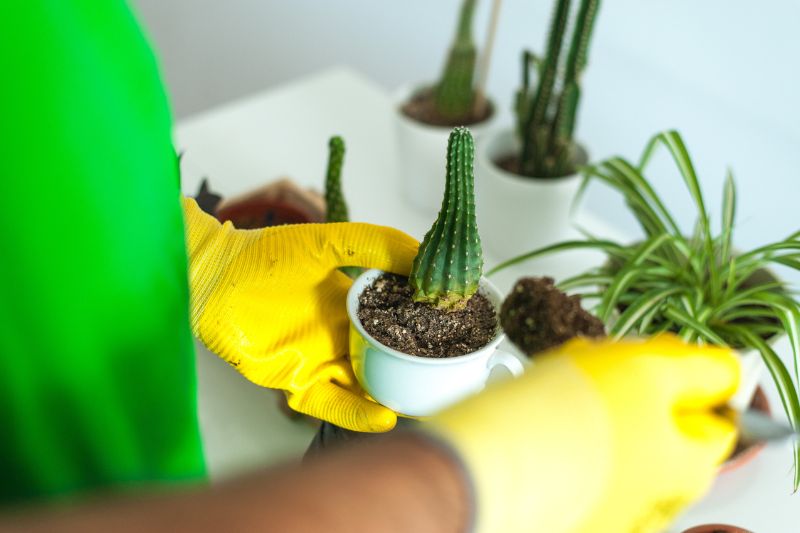
Lesson 5: Place them in inappropriate climate conditions
In our fifth lesson on how to spectacularly fail at caring for cacti and succulents, let's disregard their climate preferences. Place them in an environment that defies their nature: a cactus accustomed to the arid desert finds itself in a humid bathroom, dreaming of warm sand while drowning in steam. Or, leave a heat-loving succulent near a freezing window in winter or in an unheated conservatory, making it shiver as if waiting for a bus on a cold morning.
Watch them struggle, trying to adapt to these incongruous weather conditions, like a Hawaiian surfer in a swimsuit lost in the Alps in winter. Cacti might start to lose their vigour, becoming pale and weak, while succulents might start to ooze, confused by the excess moisture.
But if you prefer to avoid these unfortunate climatic scenarios, a bit of sensitivity to your plants' needs is essential. Cacti and succulents thrive in warm, dry environments. Ensure they receive enough light, air, and avoid excessively humid areas. In winter, keep them away from too-cold windows to protect them from frost.
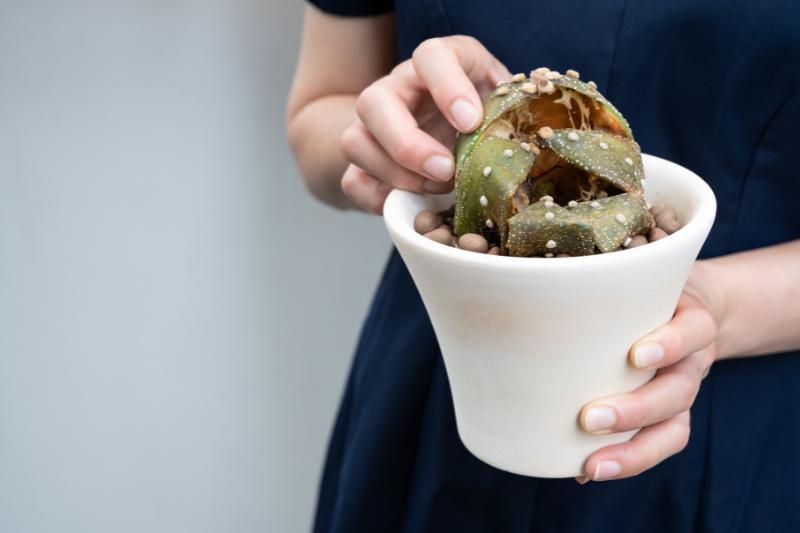
Lesson 6: Ignore signs of disease and pests
For the sixth and final lesson of our guide on how to fail at caring for your cacti and succulents, adopt a "laissez-faire" policy towards diseases and pests. Imagine you consider every spot, mould, or insect as a new decorative addition to your plants. Aphids and mealybugs become tiny pets, and rot spots become distinctive marks adding "character" to your cacti.
Under this negligent attention, your plants could become generous hosts to all sorts of unwanted guests. Cacti might turn into flourishing colonies for pests, while succulents could quietly succumb to fungal diseases, becoming abstract works of art in decomposition.
However, if you want to keep your cacti and succulents healthy, a bit of vigilance is necessary. Regularly inspect your plants for signs of disease or infestation. At the first sign of trouble, take immediate action: isolate the infected plant, use appropriate treatments for pests, and remove diseased parts to prevent the spread of illness.
































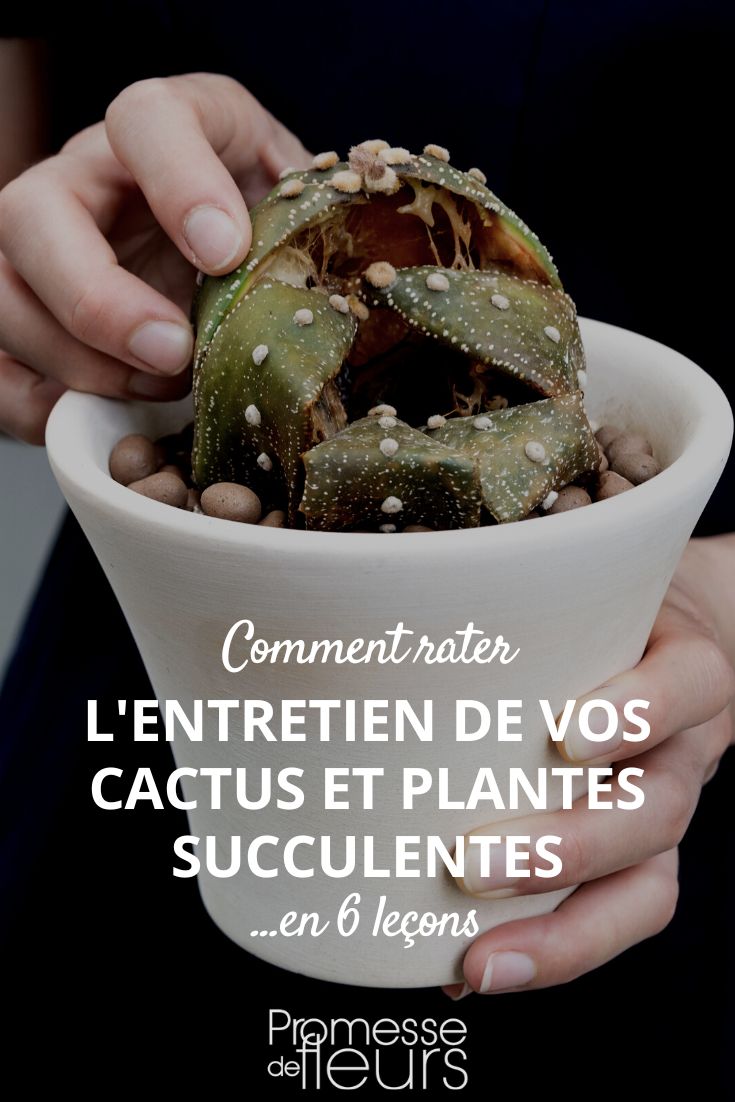
Comments